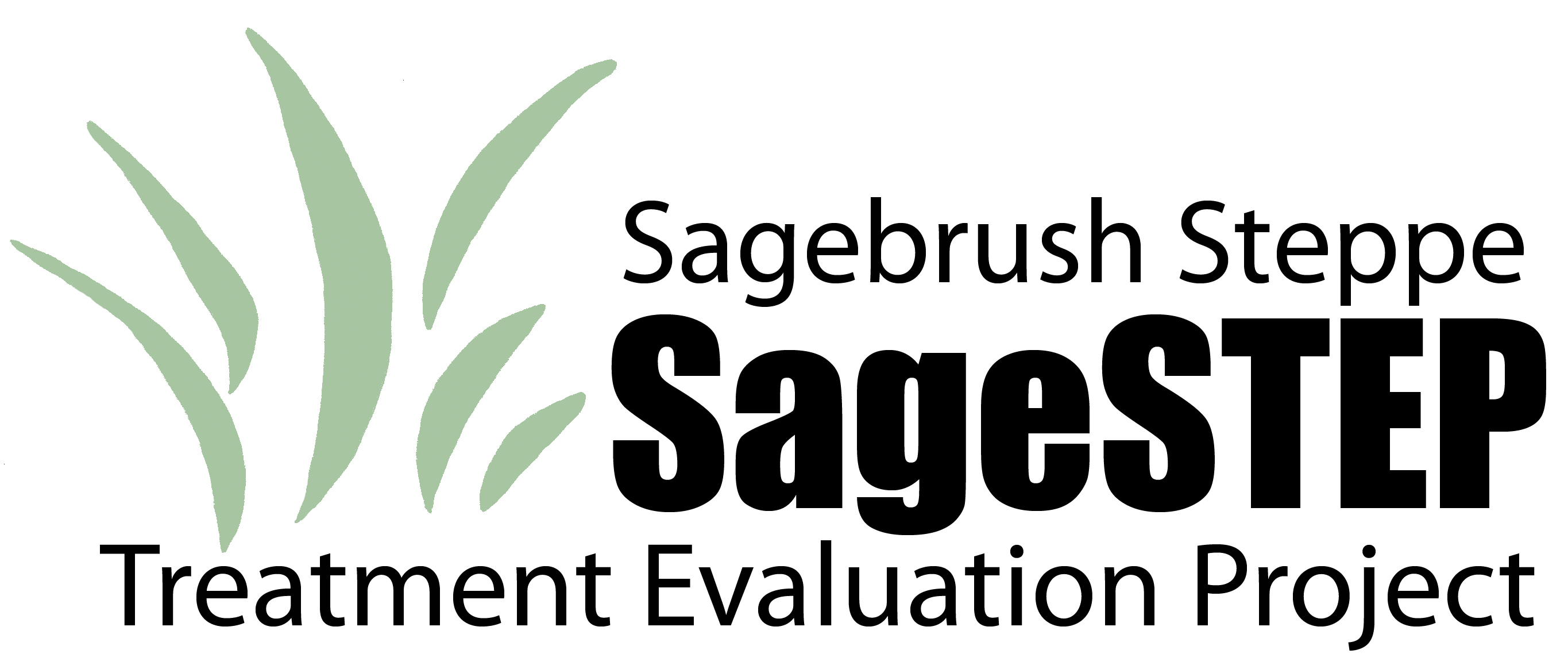Document Type
Report
Publisher
U. S. Department of the Interior Bureau of Land Management
Publication Date
10-2019
First Page
1
Last Page
143
Abstract
Increased woody plant dominance and degraded understory vegetation are important issues on rangelands in the Intermountain West. Land managers implement woody plant reduction treatments of sagebrush (Artemisia spp.), juniper (Juniperus spp.), and pinyon pine (Pinus spp.) to increase understory diversity and cover, restore wildlife habitat, increase forage, improve ecosystem functions, and reduce or manipulate fuels to increase ecosystem resilience to fire and resistance to invasive annual grasses. Woody plant reduction treatments alter fuel orientation, continuity, and loading, and therefore have important implications for wildfire behavior, effects, and management. Currently, there is a lack of knowledge of the longer-term implications of these treatments on fuel loads and vegetation structure. Using data collected as part of the Sagebrush Steppe Treatment Evaluation Project (SageSTEP), this guide summarizes fuel loads, vegetation cover by functional group, and shrub and tree stem density 10 years after sagebrush and pinyon-juniper reduction treatments. The data was collected at 16 study sites in Washington, Oregon, California, Nevada, and Utah, and is summarized by treatment type, region, and groups or woodland development phases based on pre-treatment vegetation. These summarized data can be used by land managers and fire behavior specialists to quickly estimate fuel loads in older treatments or to predict fuel loads 10 years after a potential treatment. These fuel loading data can be used to create custom fuel beds to model fire behavior and effects.
Recommended Citation
"Wozniak, S.S., Strand, E.K. 2019. Fuels Guide for Sagebrush and Pinyon-Juniper Treatments: 10 Years Post-treatment. Technical Note 451. Bureau of Land Management, Boise, ID. BLM/OC/ST-19/002+9270"




Comments
BLM Technical Note 451